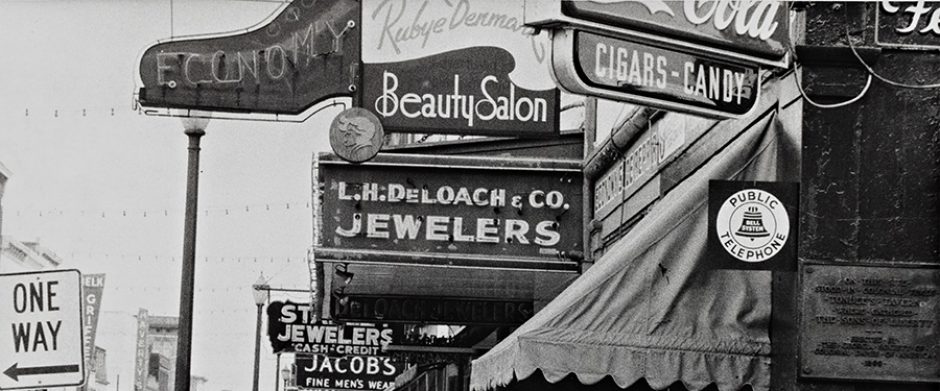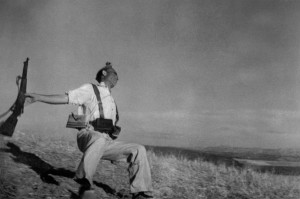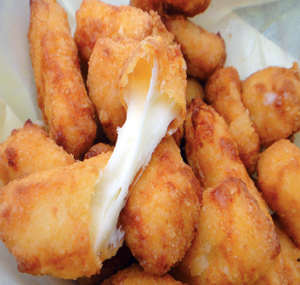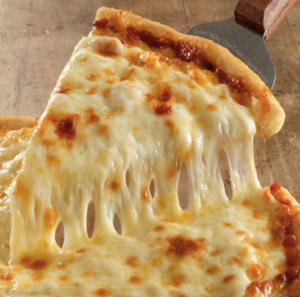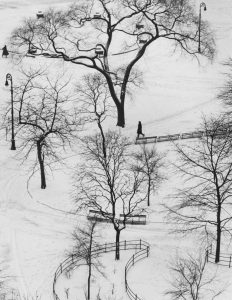Robert Capa is known in history for taking the Worlds greatest war photographs. The most notably of Capa’s works is “Falling Soldier or Death of a Loyalist Soldier” taken from Spanish Civil war. The reason why many considered this the most iconic is since theres a lot of controversy whether the picture was staged. After reading the article of Richard whelans, the majority of people are in the side of Capa. The reason behind this is that the man in the photograph has a distinctive cartridge case which was designed by commender of Columna Alcoyana. Broton, one the soldier who fought at Cerro Muriano 1936, remembered that one member died during the Battle of Cerro Muriano. Coupled with the Spanish government who have record that proves that only one member of Columna Alcoyand died in the battle. This is why the controversy of Capa staging is wrong since the person in the photograph did die. I believe the photograph is real since the soldier who died from the gun wound shows his hands limping as stated in Whelan article.
Authenticity of the picture matters since it tells us whether the photographer used this photo as propaganda. If the photo is fake then it impacts the futures of individuals. People would be deceived to believe a fake photo which could cause people to wreak havoc against anyone the photographer wishes to attack . This controversy reminds me of the Photograph of “Valley of the Shadow of Death” by Fenton, who staged the cannon balls in the road to convince people to leave the war. This is why some of the people against Capa are skeptics since Fenton and other photographers staged war documentation photos in the past.
